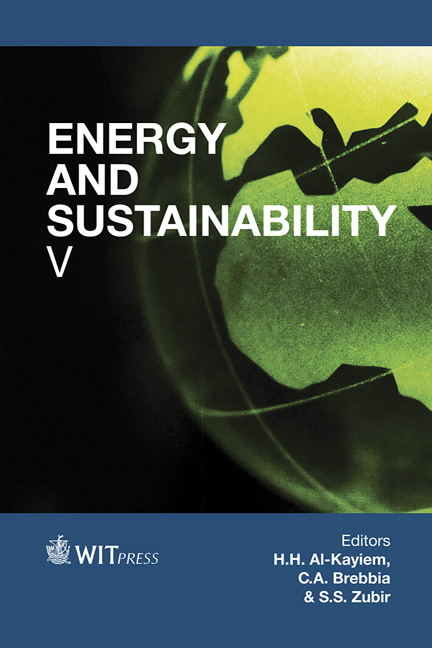Global Initiatives In Waste Gasification
Price
Free (open access)
Transaction
Volume
186
Pages
12
Page Range
777 - 788
Published
2015
Size
369 kb
Paper DOI
10.2495/ESUS140691
Copyright
WIT Press
Author(s)
S. Petters, K. Mauthner, K. Tse
Abstract
Municipal Solid Waste (MSW) residues usually occur in a combination of wet and combustible forms, requiring separate or sequential treatments by bio- and thermo-chemical processes, rather than incinerating under a mixture of auxiliary fuel addition. Thermo-chemical decomposition of poor carbonaceous fuels into energy-rich producer gas has been demonstrated with biomass feedstock technically mature over more than 5 years, now at 30–50GJ solid fuel consumption and is currently ramped up in Gothenburg (SE) at a 120GJ feedstock scale.
Still lacking in financial self-sufficiency, Vienna’s latest state of the art Pfaffenau incineration plant, where an integrated ADOS facility for commercial F&K waste is used to cover auxiliary fuel demand and excess refuse derived fuel (RDF) fractions are stored for evening out seasonal patterns, has inspired us to look at waste gasification as a more resource-efficient approach than incineration.
From publicly available data we could summarize that there are almost 1.5 dozen initiatives of waste gasification globally. Some of them even target waste hydrocarbon transformation into transportation fuel hydrocarbons, which seems to be the more value-adding downstream usage path than simply combined heat and power (CHP).
Keywords
waste to value, carbon capture for use, resource efficiency, CO2-recycling, chemical synthesis fuel, innovation implementation, consortium, economic scale, incineration, gasification





